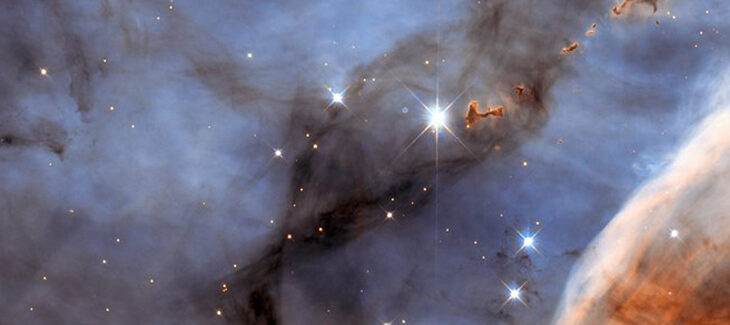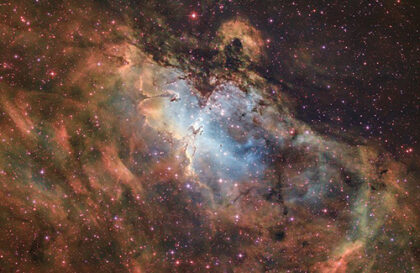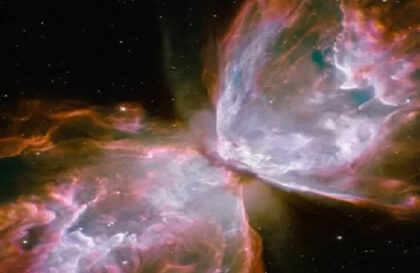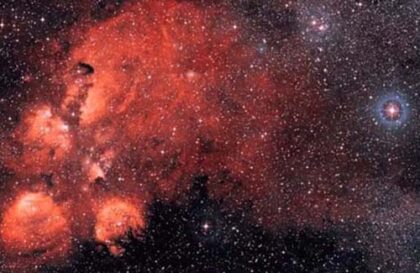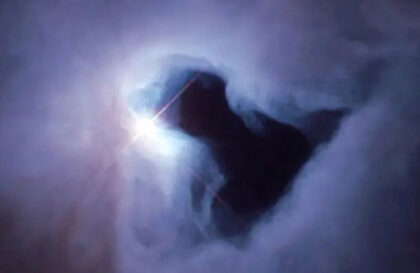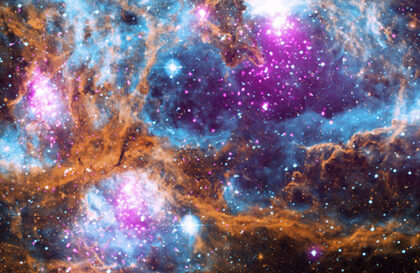The Carina Nebula is known for its striking and unique color scheme, which sets it apart from other celestial bodies. This extraordinary display of colors can be explained by certain chemical elements and their interaction with light.
As different elements within the nebula interact with each other and with light, they create different colors and formations:
– Elements such as hydrogen and helium emit specific colors when excited by light, resulting in the bright hues seen in the Carina Nebula.
– Heavier elements such as carbon and nitrogen help create the complex patterns and structures that can be seen inside the nebula.
– The distribution of these elements throughout the nebula affects its patterns’ general appearance and organization.
Hot, young stars erode and sculpt the clouds into this fantasy landscape by sending out thick stellar winds and scorching ultraviolet radiation. Credit: NASA, ESA, and M. Livio, The Hubble Heritage Team and the Hubble 20th Anniversary Team (STScI)
Many of the stars in the Carina Nebula are hot and bright, belonging to the spectral class O. This characteristic sets it apart from other diffuse nebulae, as it is one of the largest in our sky. In addition, the Carina Nebula contains an obscuring cloud, which adds to its complexity and mystery.
Notable discoveries and research efforts within the Carina Nebula include:
The Carina Nebula gets its name from its resemblance to a boat or keel. It is also known as Messier 76 or NGC 650/651.
The Carina Nebula is about 6,000 light-years away. The Carina Nebula consists of two separate parts, which are connected by a fragile object. This duality makes it particularly interesting for astronomers.
Most visible light is absorbed by dust and gas, but the Carina Nebula emits strongly in the infrared.
An active process of star birth is taking place in the Carina Nebula. Young, hot stars are formed in their regions.
There is a hypothesis that the Carina Nebula may be related to the collision of two galaxies or their interactions.
Banner image: The brightest stars in the image are not actually part of the Carina Nebula. They are much closer to us, essentially being the foreground to the Carina Nebula’s background. Credit: ESA/Hubble & NASA
Image credit:
https://esahubble.org
https://esahubble.org
